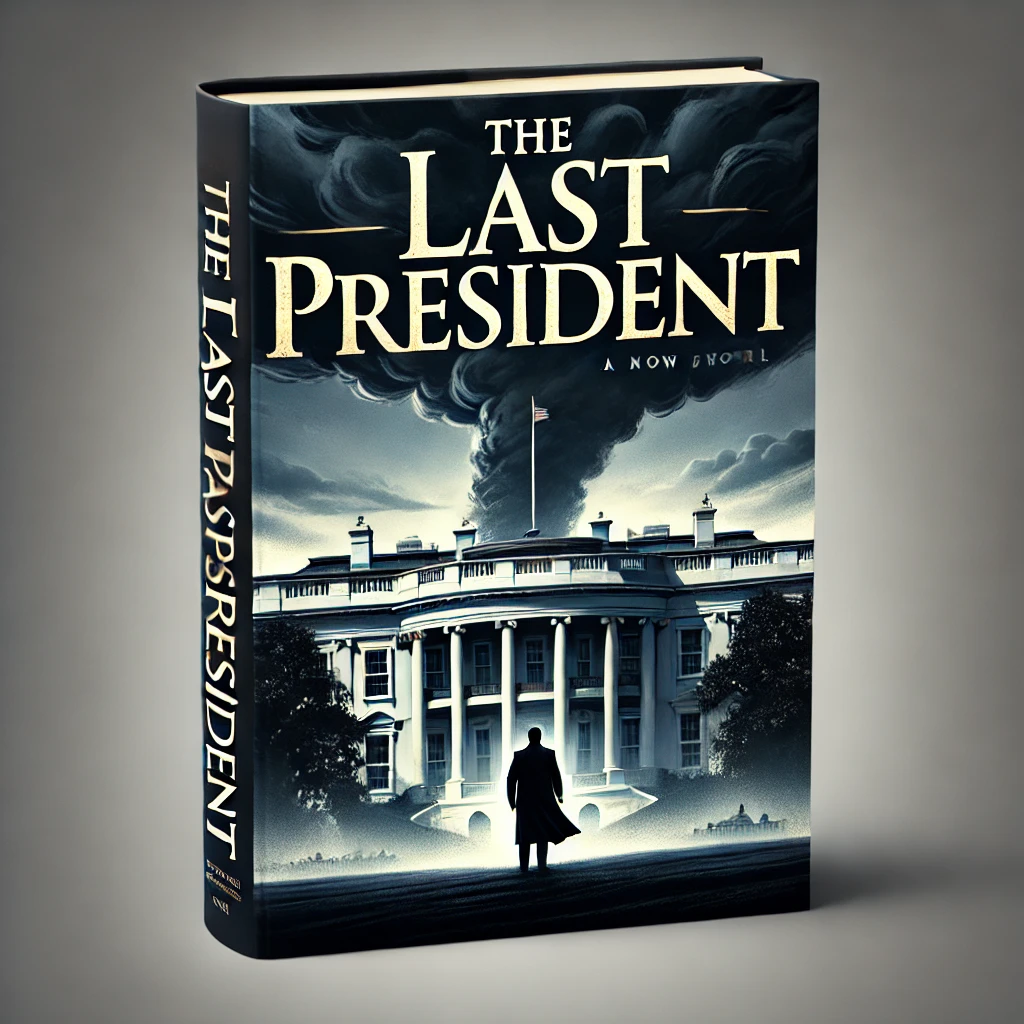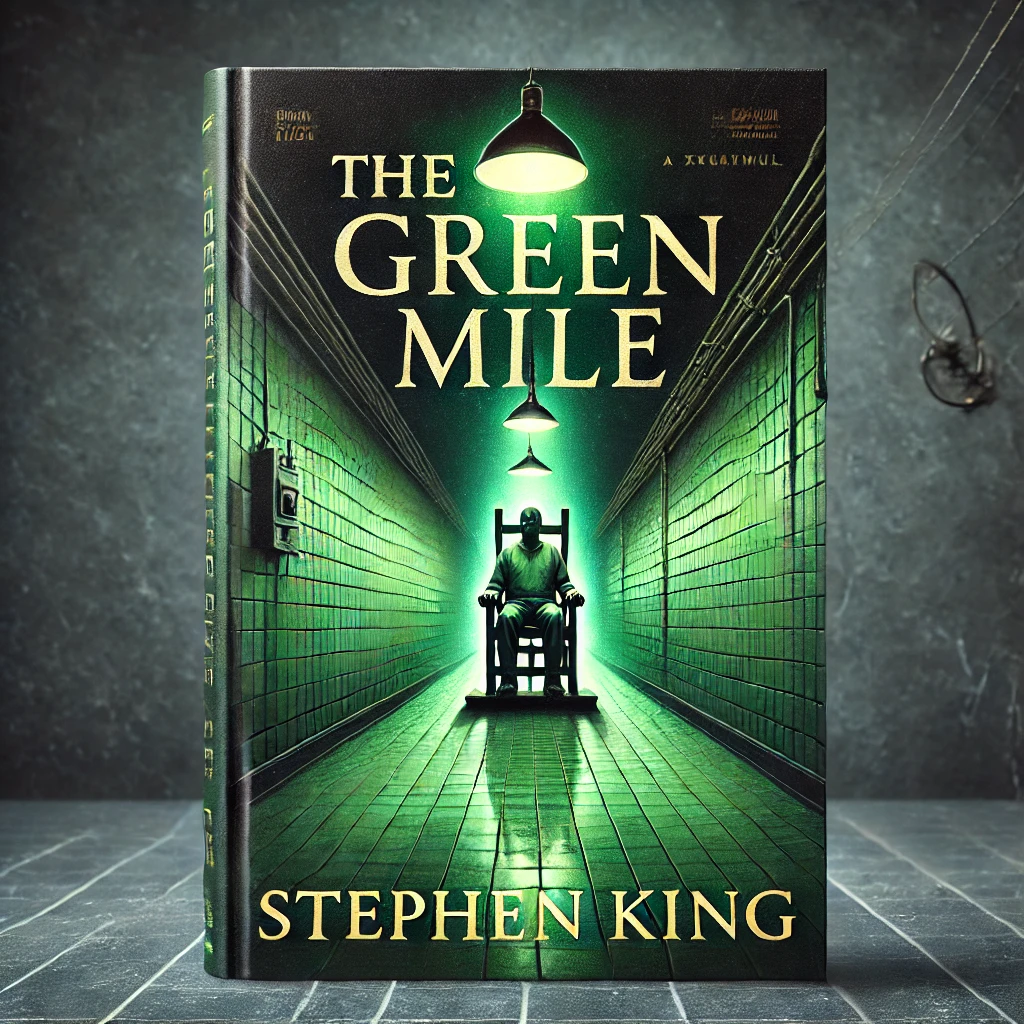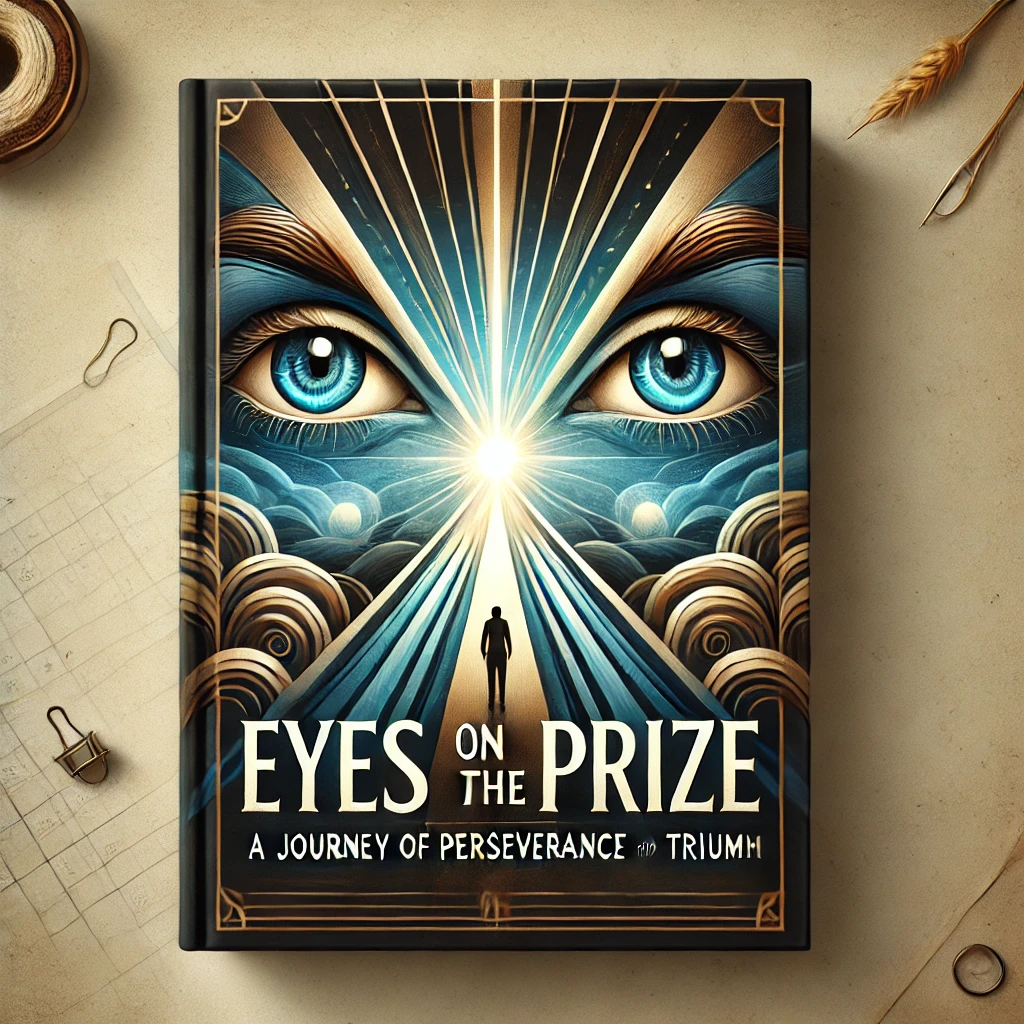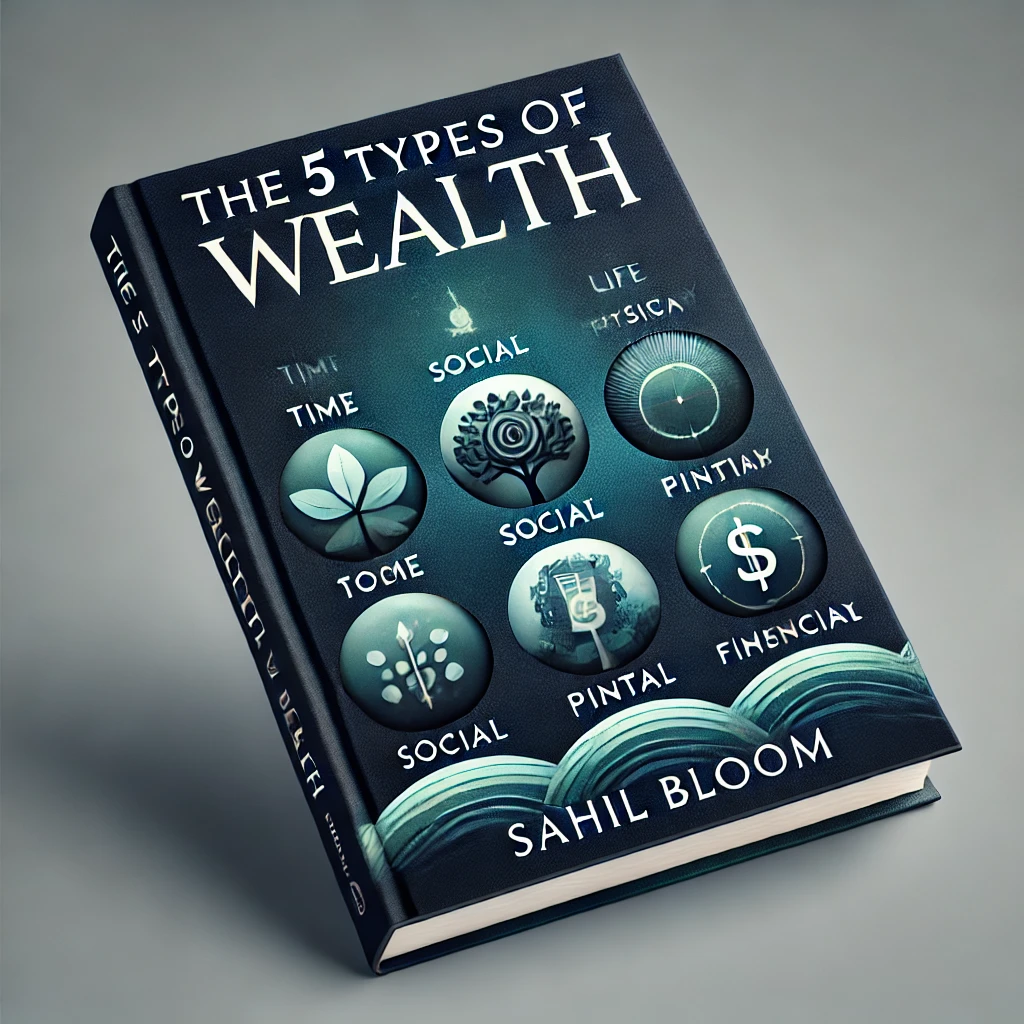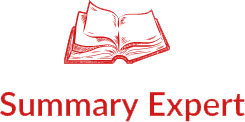The Last President by Ingersoll Lockwood is a dystopian political novel that was originally published in 1896. This intriguing book has recently gained attention due to its eerie similarities to modern political events, making it a fascinating read for those interested in history, politics, and conspiracy theories.
Overview of The Last President
Set in a chaotic United States, the novel depicts a country on the brink of collapse due to political unrest and civil turmoil. The story follows the rise of a controversial leader who disrupts the traditional political order, leading to widespread instability. The narrative captures the fear, anxiety, and uncertainties of a nation at a critical juncture, showing how societal divisions and political extremism can push a country toward turmoil.
Plot Summary
The novel begins on the night of a hotly contested presidential election. The country is deeply divided, with fierce opposition to the newly elected president. Protesters flood the streets of New York City, and fear spreads among the wealthy elite as they worry about the future of their country. Citizens from all walks of life find themselves either celebrating or dreading the new leadership, creating a volatile environment.
As the new president takes office, drastic measures are put into place, shaking the foundation of the government. Economic instability, riots, and political corruption run rampant, pushing the nation toward an uncertain future. The story presents a grim vision of America where democracy is tested, and citizens struggle to maintain control in the face of unprecedented changes.
The Growing Unrest
As the new administration pushes forward its radical policies, tensions escalate. The financial markets react negatively, businesses close, and banks face the risk of collapsing. Civil unrest spreads to multiple cities, leading to violent clashes between different political factions. The nation finds itself in a state of uncertainty, where law and order begin to crumble.
The book describes a scenario where the rule of law is threatened, and citizens are left wondering whether their democracy will survive. The media plays a significant role in escalating tensions, with biased reporting fueling both fear and resistance. Citizens who once trusted the institutions of government begin to lose faith, leading to growing disillusionment and chaos.
The President’s Influence and Policies
The newly elected president implements sweeping changes that further polarize the nation. Some citizens view these policies as necessary reforms, while others see them as a direct threat to their freedoms. The book details how leadership that is driven by personal ambition and unchecked power can quickly destabilize a country, leaving citizens to grapple with uncertainty and fear.
The novel paints a compelling picture of a leader whose actions and rhetoric divide the nation further, creating a sense of helplessness among the people. The storyline reflects the dangers of extreme political ideology and highlights the struggles of a country facing internal collapse due to corruption and mismanagement.
Key Themes
1. Political Instability
The novel explores the fragility of democratic institutions and the impact of radical leadership on a divided nation. It highlights how political polarization can lead to national chaos. The events in the book serve as a warning about how unchecked power can destroy the foundations of democracy.
2. Prophetic Elements
Many readers have drawn parallels between the events in the book and real-world political situations. Some even claim that the book eerily predicts future events, making it a popular topic of discussion. The narrative’s relevance to contemporary events has made it a subject of renewed interest among historians, political analysts, and conspiracy theorists alike.
3. Power and Corruption
The Last President delves into the consequences of unchecked power and how political leaders can manipulate their authority for personal gain, leading to the downfall of democratic systems. The book showcases how those in power can exploit their positions, suppress opposition, and bend the rules to serve their own interests.
4. The Role of the Media
The novel also critiques the influence of media in shaping public opinion and fueling societal divisions, a theme that remains highly relevant today. It emphasizes how misinformation and propaganda can be used as powerful tools to sway the masses, intensifying political conflicts and creating deeper divisions within society.
5. The Fragility of Democracy
Perhaps one of the most significant takeaways from The Last President is its warning about the fragility of democracy. The book underscores how democratic institutions can be weakened or dismantled when political leaders prioritize personal power over national unity. It challenges readers to consider the importance of protecting democratic values and ensuring accountability in leadership.
Why Is This Book Gaining Attention?
In recent years, The Last President has gained popularity due to its strange connections to current political events. Some conspiracy theorists even link the book to modern-day figures and claim that it contains hidden messages about the future. While these theories remain speculative, they have contributed to the book’s renewed interest. Readers are fascinated by the book’s uncanny similarities to present-day events, and many have revisited it to draw comparisons between fiction and reality.
Additionally, the book’s themes of political instability, media influence, and the erosion of democratic norms make it a relevant and thought-provoking read in today’s world. Whether viewed as an eerie prediction or a historical allegory, The Last President remains a fascinating exploration of political and social dynamics.
Final Thoughts
The Last President is a thought-provoking novel that challenges readers to examine the impact of political decisions on society. Whether you view it as an eerie prediction of the future or simply an insightful political commentary, this book remains a compelling read for those interested in history and governance. It serves as both a cautionary tale and a mirror reflecting the political realities of different eras.
The novel encourages readers to remain vigilant about the state of democracy, question the motives of political leaders, and understand the crucial role that citizens play in shaping the future of their nations.


